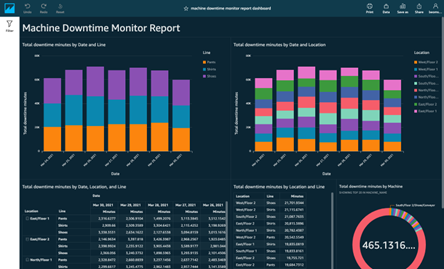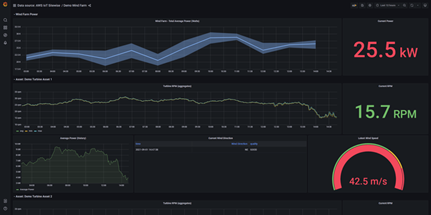Getting Started: Choosing the right POC use case
What Does This Article Cover?
This article will cover considerations for choosing the right initial Intelligence Hub proof of concept (POC) use case.
- What is the purpose of a POC?
- Typical Intelligence Hub solutions
- Characteristics of a good fit for an Intelligence Hub use case
- Other related material and next steps
What is the purpose of a POC?
HighByte offers a free 30-day trial of the Intelligence Hub. To ensure you get the most out of your trial period, we encourage you to focus on a specific use case that solves a real problem within your organization. The goal is to accelerate your understanding of the Intelligence Hub with a practical use case that will deliver tangible results and value to your organization.
Typical Intelligence Hub solutions:
The following represents a spectrum of many possible solutions for the Intelligence Hub.
- Descriptive Analytics: Merge real-time process data with context from systems of record, create a standard data payload, and publish the payload to BI or dashboard solution for visualization

- Diagnostic Analytics: When an event occurs, obtain data from disparate sources, merge the data, transform the data, create standard data payloads, and publish the data to a data lake for full visibility and traceability

- Predictive Analytics: Merge and buffer high resolution data with context, apply models to create consistent formats, and compress data at the edge to CSV, JSON or Apache Parquet files to deliver standardized data payloads to the cloud for ML services.

Characteristics of a good fit for Intelligence Hub use case:
- Use case is aligned with business strategy and is a key aspect of a compelling functional solution that provides tangible business value (ROI) and is justifiable.
- Use case is applicable at many sites (different systems of the same type is fine and possibly desirable).
- Required to exchange data with IT and OT sources (multiple sources and destinations is optimal).
- Requires data transformation, contextualization, and or aggregation.